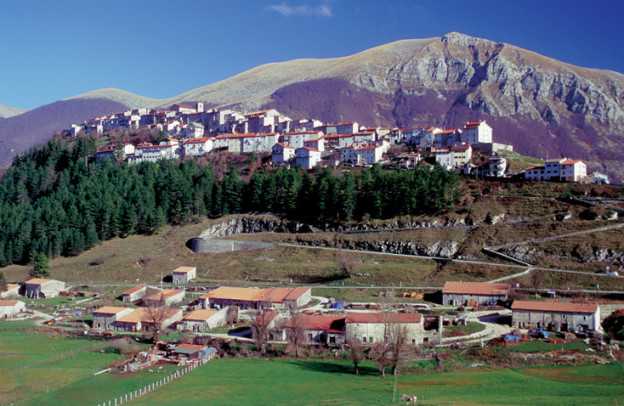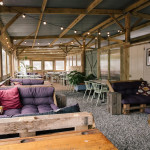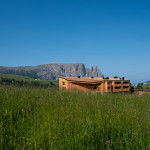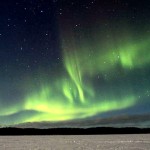Andy Mossack visits Abruzzo one of the most underrated regions of |Italy.
Lying right where the north of Italy meets the south, it’s a region of complete contrasts. With the towering Gran Sasso range and the Apennines on the east side, and the dramatic 130 kilometres of Adriatic coastline to the west, Abruzzo cannot fail to offer you the best of both worlds.
And there’s even better news because Abruzzo’s pricing is some 40% lower than other more popular parts of Italy.
There is something achingly sad about a beautiful region that has seen its tourist traffic reduce by half since the tremors that shook its mountain capital L’Aquila in 2009, but the truth is that L’Aquila’s historic buildings had stood there proudly for hundreds of years before the quake and realistically, it could be hundreds more years before any threat returns if at all.
All the more sad, because two-thirds of this area is above 750 metres, and dotted all about the hillsides and mountains are hundreds of little towns and villages, all of them offering traditional homemade produce of the highest quality. I spent a wonderful day just meandering from one mountain village to the next, indulging in glorious nibbles of just pressed olive oil, crusty bread, fresh pecorino and aged bresaola, not to mention the wild saffron and generous and delicious dollops of the famously flavoursome Abruzzo black lentils. Make sure you visit tiny Santo Stefano, which suffered some minor tremor damage,
Atri with its glorious 13th century Duomo and dramatic wind-carved sandstone valleys and the lovely Castel Del Monte, a medieval town used as a location for the George Clooney movie The American.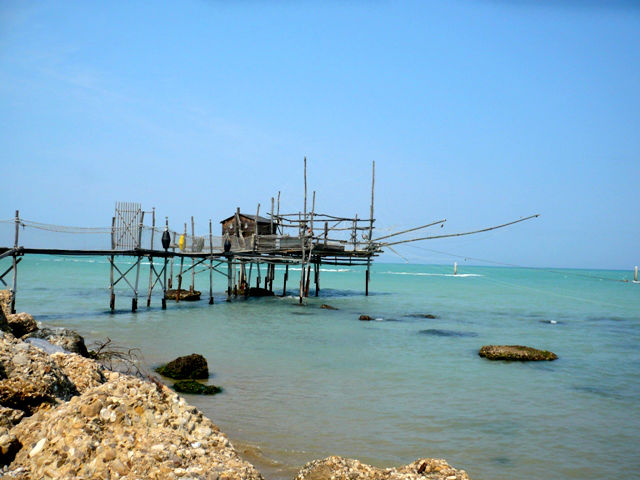
While you’re up here, the Gran Sasso and Majella national parks are not to be missed, or the 30 protected nature reserves. In summer, the area is a magnet for hikers and bikers whilst the winter pistes offer challenging courses to experienced skiers. There’s also no shortage of wildlife, with chamois, wolf, lynx, otter, eagle and even brown bears. Look out for the wolf sanctuary at Impianezza near Popoli where €8 you will buy you 3 hours of an up close and personal Apennine wolf experience.
Coming back down to sea level, the principal town on the coastal stretch is Pescara. Almost flattened during WW2, it’s now the modern beating heart of the region and the place to go bargain hunting in the cheap shopping along Corso Vittorio Emanuele II. You can even grab a ferry across to Croatia if you have a day spare.
The coastline is also a study in contrasts, from the wide sandy beaches in the north near Pescara, Martinsicuro and Francavilla al Mare to the wild and rugged landscape in the south. Along here too you’ll find trabocchi . They are like giant spiders, just sitting in the sea waiting patiently for their prey, but these curious structures are, traditional hand built fisherman’s huts on stilts and another of the delights of this extraordinary and unspoiled part of Italy.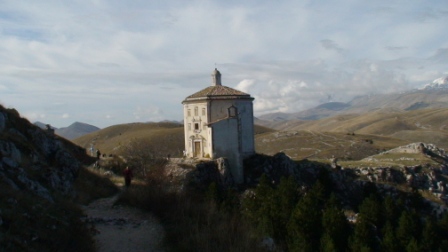
For me though, the coastal jewel in Abruzzo’s crown is Vasto, only an hour south from Pescara. This is a stunning Romanesque town with a glorious bay and beaches and it is quite literally brimming with antiquities and ancient charm.
Caesar thought very highly of it and its lofty position within the Roman empire is born out through the many examples of granite and marble remains. Even the town museum is a beautiful old building, full of ornate original marble and offering breathtaking views of the bay from its top floor.
Abruzzese cuisine relies on simplicity, using fresh local produce. Virtù includes seven types of dry pulses, seven fresh pulses, seven types of vegetables, seven meats, seven pasta shapes, seven seasonings, and seven hours of cooking! La Panarda is a traditional gargantuan village feast lasting all day and all night, you have been warned.
Abruzzo is a taste of vintage Italy without the crowds, it’s like time has stood still, and as far as I am concerned, long may it continue to do so.
Drink: Glass of local red Montepulciano d’Abruzzo €2
Accommodation: Treat yourself at 4* Castello Chiola from €75pp

